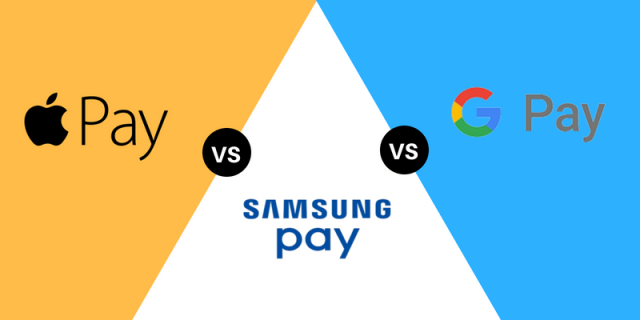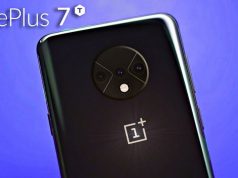Like they replaced your alarm clock, compact cameras, mp3 players, and more, mobile phones are now aiming to replace your wallet too. While cash has been outdated for a long while, the age of plastic money too is now coming to an end. Hail mobile payments! But as Master Card and Visa run a virtual duopoly in plastic money, mobile payments has three contenders- from three of largest tech Juggernauts- Apple, Samsung, and Google. Let’s take a look at how their respective mobile payment systems fare against each other:
Compatibility
The first thing to know is that these payment systems haven’t gone universal yet and there are some serious limitations on devices and places you can use.
Device
Apple Pay- iPhone 6S and above, Apple Watch, MacBook Pro with a fingerprint reader, iPad 5th gen and above, iPad Air 2, iPad mini 3 and above, and iPad Pro
Samsung Pay- Galaxy S6 and above, Galaxy Note 5, Gear S2 and above,
Google Pay- This is supported by all Android devices with NFC and HCE support running Android 4.4 and above.
If you consider the sheer number of supported devices, Apple Pay definitely has an advantage here.
Sales terminals
Because these payment systems make use of new technology, they aren’t supported by the older magnetic reader based POS, except for Samsung Pay. All the payment systems work on NFC terminals and in-app purchases.Samsung Pay, with its wider POS compatibility, is on an advantage here.
Geography
No, these mobile payment systems aren’t as ubiquitous as Visa or Master Card and are, for now, available only in limited countries. The most widely used is Apple Pay in 27 countries, followed by Samsung Pay in 24 countries, while Google Pay is accepted in only 18 countries. However, Apple Pay doesn’t support PayPal accounts but Samsung Pay and Google Pay do.
Three countries can represent a significant user base, thus giving Apple Pay an advantage.
Overall, if compatibly is to be considered, Apple Pay is on a lead. But there are of course other factors as well.
Security
If a tap can potentially empty not just your wallet but your full bank account, you can’t possibly over-emphasize on security. To authenticate payments via Apple Pay, you have to use any one of TouchID, FaceID, or PIN. Samsung too has a similar function and requires you to authenticate payments using iris scanner, fingerprint, or PIN. Google is on a slightly different track here- if your phone is unlocked during the payment, it won’t ask for any additional authentication. But you will, of course, unlock it using one of the same methods.
If you happen to lose your phone, all three companies allow you to wipe all the data including card information remotely.
In terms of internal mechanism, all three payment systems again use the same technology where your actual card details are never shared with merchant but a token is generated for each transaction.
Overall, Apple Pay and Samsung Pay are on a lead here. Some may argue that lack of additional authentication on Google Pay is for convenience but hey, we are talking about security.
Usability
Mobile payments aren’t just meant to replace cards but also those cash exchanging hands. After all, if you have to give your friend $100, you won’t ask them to bring an NFC terminal! Samsung currently doesn’t support peer-to-peer payments. Apple Pay is limited to transacting with only those having an Apple ID. Google Pay takes a lead here by allowing users to send money to anyone with an email address or phone number using its app or desktop interface. For both Apple and Google Pay, the money received can either be stored in app’s wallet or transferred to bank account. Being platform-independent in this regard is a major advantage for Google Pay.





















Comments are closed.